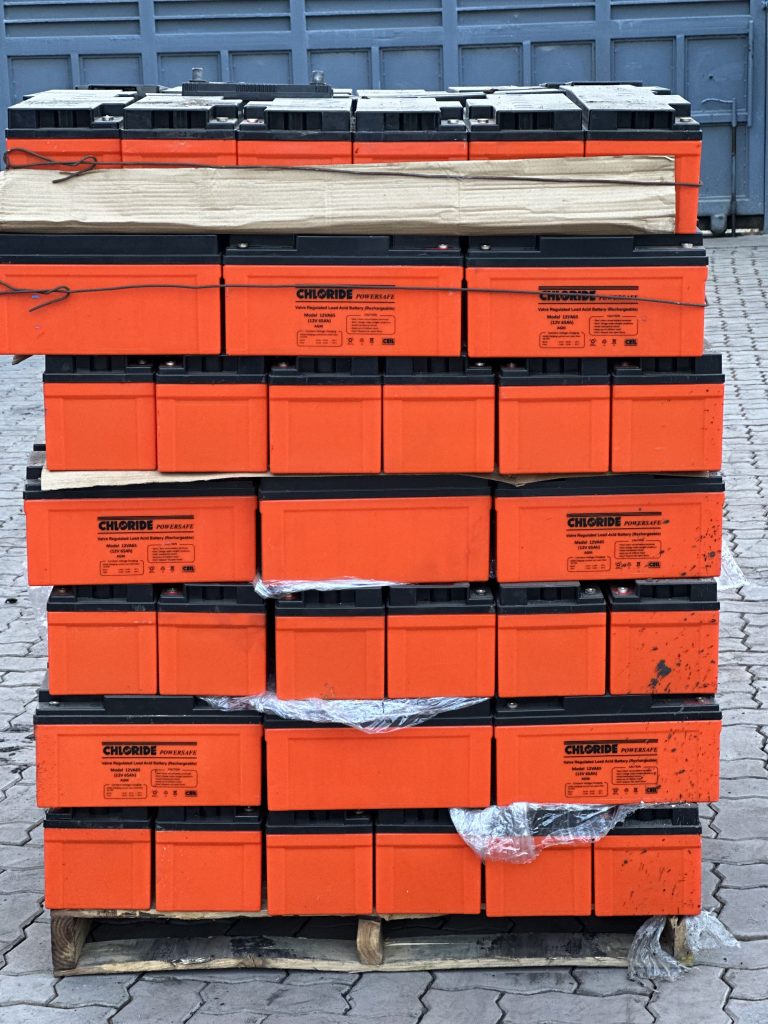
The history of lead-acid batteries dates back to the early 1850s when they were first invented by French physicist Gaston Planté. Here is a brief overview of the history of lead-acid batteries:

- Invention of the Lead-Acid Battery (1859):
- Gaston Planté developed the first practical lead-acid battery in 1859.
- Planté’s battery consisted of two lead plates immersed in a sulfuric acid electrolyte solution.
- During charging, a chemical reaction occurred, converting lead sulfate into lead dioxide on the positive plate and metallic lead on the negative plate. This process is known as “forming.”
- Early Developments:
- In the late 1800s, Camille Faure, a French engineer, made significant advancements to the lead-acid battery.
- Faure introduced a paste-like active material made of lead oxide and sulfuric acid to the battery plates, increasing their surface area and improving performance.
- These improvements resulted in the formation of the “Faure plate” or “pasted plate” lead-acid battery, which had better capacity and efficiency.
- Commercialization and Applications:
- By the late 1800s, lead-acid batteries began to be commercially produced and found applications in various fields.
- The automotive industry was one of the significant beneficiaries, as lead-acid batteries became a reliable power source for early electric vehicles and starter batteries for internal combustion engine vehicles.
- Lead-acid batteries also found use in telecommunications, uninterruptible power supply (UPS) systems, backup power systems, and off-grid renewable energy storage.
4. Advancements and Modifications:
Over the years, advancements have been made to improve the performance and reliability of lead-acid batteries.
Notable developments include the introduction of lead-calcium and lead-antimony alloys in the battery plates to enhance durability and reduce self-discharge rates.
Sealed lead-acid (SLA) batteries, also known as valve-regulated lead-acid (VRLA) batteries, were developed in the 1970s, eliminating the need for periodic maintenance and ventilation.
5. Environmental Concerns and Recycling:
Lead-acid batteries contain lead, a toxic heavy metal, which raises concerns about environmental impact.
Efforts have been made to promote responsible recycling of lead-acid batteries to prevent lead contamination and recover valuable materials.
The recycling process involves separating the lead, plastic, and electrolyte, which can be reused in new battery manufacturing or other industries.
Despite the emergence of alternative battery technologies, lead-acid batteries continue to be widely used due to their cost-effectiveness, reliability, and suitability for specific applications, such as automotive starting batteries and energy storage systems. Ongoing research and development aim to improve their performance and environmental sustainability.
